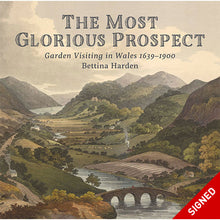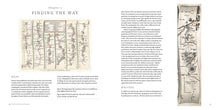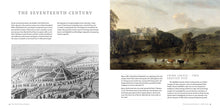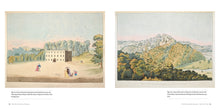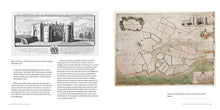
Hardback | 256 pages | 250 x 250mm
Publication October 2017 | ISBN 9781910862629
Limited number of signed copies available.
The Most Glorious Prospect reveals the history of garden visiting in Wales between the years 1639-1900 – a bygone era of garden visiting brought to life using travellers’ diaries, letters and experiences. Bettina Harden documents the historic gardens of Wales as experienced by contemporary travellers in a book that is endlessly fascinating, intricately detailed and delightfully humorous. This is an authoritative insight into how the great gardens were first made accessible to the polite world, before being opened up to a wider middle-class audience.
The travellers’ diaries, letters and tours of Wales conjure up a lost world of gardens now largely vanished or altered beyond measure from their first construction.
Gardens featured:
Chirk Castle; Margam Abbey; Powis Castle; Newton House (Dynevor); Picton Castle; Wynnstay; Plas Newydd, Anglesey; Baron Hill; Penrhyn Castle and Estate; Stackpole Court; Piercefield; Hafod, Plas Tan-y-Bwlch and Plas Newydd, Llangollen.
Reviews:
'…cleverly conceived and handsomely produced book […] the book becomes a fascinating reception history of her chosen landscapes and a precious record of places that may now be lost or changed beyond recognition. Finally the book is beautifully illustrated and many of the images are taken from sources rarely drawn on before. […] a unique investigation into the roots of the British obsession with garden visiting.' Helena Attlee, World of Interiors April 2018
‘The Most Glorious Prospect is a book written from authority and experience. […] It is by any standard a book of distinction.’ Adam Somerset, Wales Arts Review
‘This beautifully designed, vibrantly illustrated book is a delight to handle… In a field as rich as it is still under-exploited, Bettina Harden marshals her sources with clarity. Her text is both informative and readable, and the visual material is used to excellent effect.’ Mary-Ann Constantine, University of Wales Centre for Advanced Welsh and Celtic Studies, Aberystwyth







